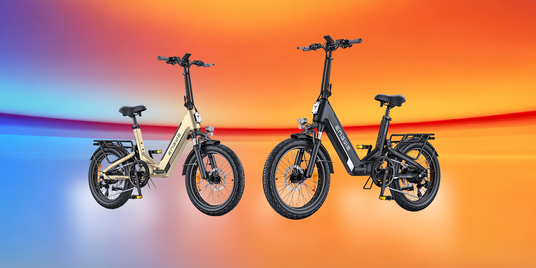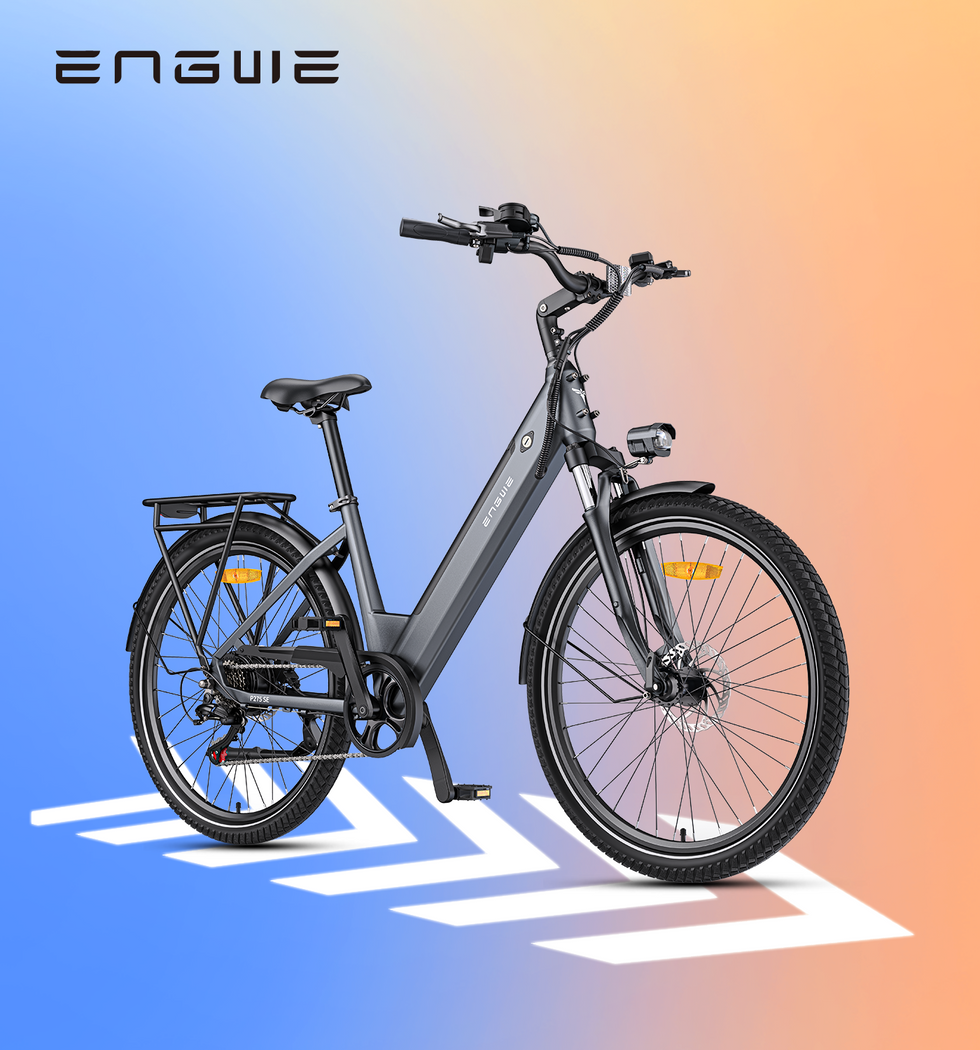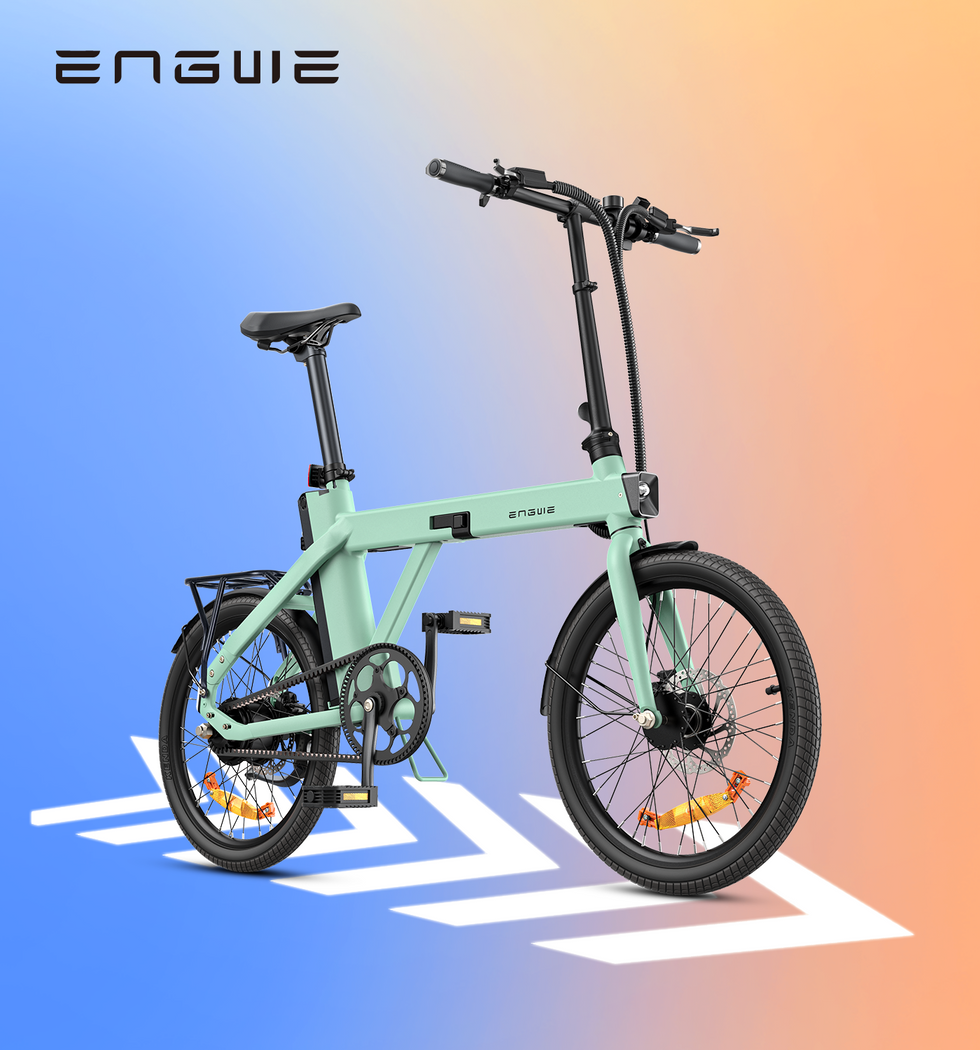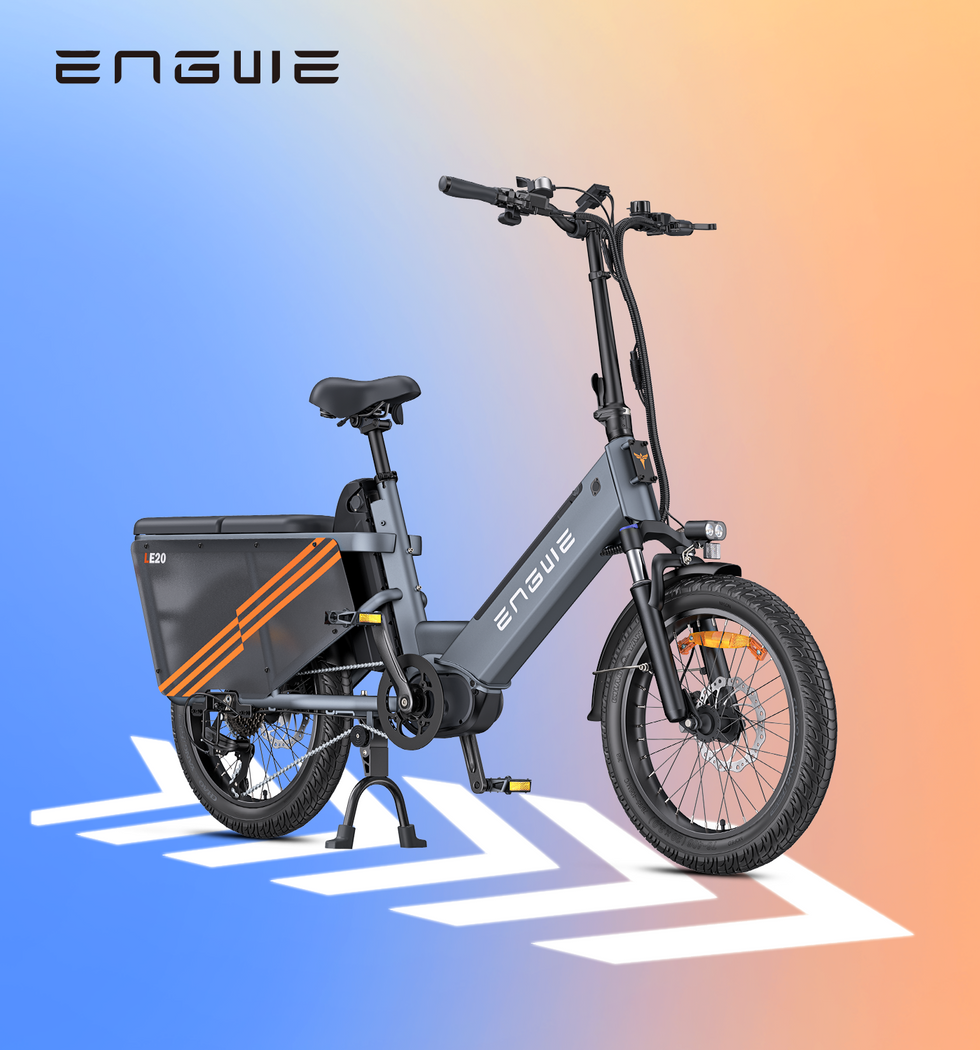The Ideal Fat Tyre Electric Bike Can Be the Key to Unlocking a World of Adventure. You’re not just in the market for transportation; you’re looking for a machine that can shrug off bumpy towpaths, soar across sandy trails and make city potholes vanish. You’re looking for the power to conquer hills and the confidence to ride on all surfaces. This is not about the most direct line - it’s about where the line takes you. And every cyclist has their own interpretation of the best route, whether it’s climbing a massive mountain pass, descending a wicked dirt track, or best of all, a little bit of both. :)
But one thing is universal to all of us - the need to push that line. As a man who has spent untold hours traversing the wide variety of the U.K.'s terrains—from city streets slick with rain to muddy woodland paths, I know that the 'best' bike is the one that best suits your particular requirements for freedom and exploration. Let’s dive into a little more detail about what really matters when selecting your perfect all-terrain partner.
Buyer’s Guide: What Actually Makes the Best Fat Tyre E-Bikes
But before we get you lost in a sea of specs, let’s pause and ask: what features make a real difference to your ride? A good fat tyre electric bike is a combination of its components, and the key is getting this balance right.
Motor Power and Intuitive Assistance
The motor is the electric explosion at the heart of any electric bike. In the UK and EU, the maximum power and assistance level for road-legal e-bikes are 250W continuous output and assistance up to 25 km/h. The 250W figure is typical, but the difference really is the way in which that power is delivered. Find information on torque, which is in Newton-metres (Nm). A bigger torque number equates to more potent pick-up from a standstill and, most critically of all, more help when going up really steep hills. An advanced bike will also be equipped with a torque sensor instead of just a cadence sensor. A torque sensor gauges how hard you are pedalling and delivers a proportional, natural-feeling push. It’s less like an engine turning on and more like you suddenly have super-powered legs.
Battery Range and Reliability
Range anxiety is a legitimate fear. The battery is your gas tank, and its size (in Amp-hours or Watt-hours) will determine how far you can range. However, the maximum range that manufacturers claim is often based on perfect conditions (ideally: light rider, flat road, and minimum assistance). For a portrayal of reality, take a friend's riding habits and terrain profile. One thing to look out for is a removable battery. That’s a game-changer for convenience, as you can bring the battery inside for secure charging and storage, ensuring it won’t be stolen and that it stays warmer to improve performance.
Frame, Tyres & Suspension: The Comfort Triangle
Of course, the signature element is the rubber. Usually 4 inches wide, these cushioned behemoths are what enable the bike to glide over sand, gravel, and rough terrain. They run at a much lower pressure than regular bike tyres, and so are the main form of suspension. This yields an unparalleled ride and a massive contact patch with the road for a phenomenal grip and stability. This is further improved upon by a front suspension fork, which will soak up the larger impacts from potholes and roots, helping to prevent fatigue in the wrists and arms. And for real ease of use for people that live in small spaces, or might want to chuck their pride and joy in the back of a car, a collapsible frame is a huge asset.
Braking Power and All-Weather Safety
A heavy bike with a motor demands heavy stopping power. Mechanical or hydraulic disc brakes are a must. They are greatly superior to old-style rim brakes, especially in the wet and mud. Opt for large rotors (180mm+), which will give you more leverage and cooling for increased, reliable, powerful braking—where you need it most.
Build Quality and Practical Extras
In addition to the basic building blocks, it’s those extra touches that take a good bike to a great bike. Does it come with mudguards and a rear pannier rack? These are the ones we take to work and use around town. Is the display easy to see and read in bright sunlight? Does the bike feature front and rear lights built-in, for the sake of safety? A solid build with components from reputable brands (Shimano is heavily used in the gearing) and some smart design that doesn't ignore these kinds of practicalities, showing the manufacturer knows what the real-world rider wants.
Our Favorite: The ENGWE EP-2 Boost
If you’re in search of an electric cycle that stunningly squeezes all of these vital elements into one attractive proposition, the ENGWE EP-2 Boost is certainly the one to beat. As a user, this machine is configured both for adventure and utility. Its EU-legal 250W brushless motor delivers dependable power, but the magic is in its mighty 55Nm torque and the innovative Boost button. And I’ve noticed that when I simply press this button there’s an instant burst of power which can make even steep inclines seem surprisingly easy. This power is transferred in a smooth and natural-feeling way, thanks to the advanced torque sensor which carefully synchronises pedal effort. At the heart of its all-terrain capability is mid-fat tyres, featuring 20 x 4.0-inch rubber off-road, matched to a front suspension fork and smooth one-piece wheels for stability, control and durability, with no spoke maintenance. The long-running 48V 13Ah high capacity battery is easily removed and has enough power to go up to 120km in the eco-friendly pedal-assist mode. What is more is that it folds up brilliantly, stopping it from taking up too much space in either a car boot or small flat. Safety or utility have not been sacrificed by ENGWE either, with a pair of powerful 180mm front and rear disc brakes and a 7-speed Shimano transmission. A robust rear rack and mudguards are included as standard.

| Motor | 250W Brushless (EU-legal) |
| Torque | 55Nm |
| Sensor | Advanced Torque Sensor |
| Battery | 48V 13Ah Removable |
| Max Range | Up to 120km (eco-assist mode) |
| Tyres | 20 x 4.0-inch off-road |
| Brakes | 180mm front and rear disc brakes |
| Gearing | 7-speed Shimano transmission |
| Features | Foldable frame, rear rack, mudguards |
Real-Riding Experience
A Sense of Freedom
Riding an E-Fat Bike for the first time is a revelation. First up is the huge stability. The fat tyres have a confidence-inspiring quality that I lack on a regular bike. Cobblestones, the sort that are so jolty that they rattle your teeth, have become smoothed.

A grassy trail or gravel road that was once an impediment is now an excuse to get lost. There is a sense of invincibility. The electric motor complements your input, converting headwinds into tailwinds and mountain climbs into rolling hills. It’s not about cheating; it’s about taking advantage. It allows you to go further, explore routes you would have long ago stopped considering, and continue on and gain more joy from riding than ever without worrying about fitness or what your prowess is going to be once you see what the road or trail is like ahead. This is a machine that tempts you to take the scenic route, every time.
In the end, the best fat tyre e-bike is one that broadens your horizons and allows you to explore new grounds without any limitations.

Frequently Asked Questions
1. Are fat tyre e-bikes street legal in the UK?
Yes, in the UK they are completely legal to ride as long as they adhere to EAPC (Electrically Assisted Pedal Cycles) standards. That means the motor cannot exceed 250 watts of continuous power, and when adding electrical assistance, the system must disengage when the bike exceeds 25 km/h (15.5 miles per hour). You also need to be more than 14 years old. If the bike fits the bill, you find yourself riding the streets and cycle paths just like a regular bike—licence, tax, and insurance free.
2. Are these so heavy and hard to ride?
This is indeed the case with fat tyre e-bikes as they are generally heavier than their non-electrically assisted, skinny-tyred siblings, partially because of the motor, battery, and burly frame. A standard weight is about 30 kg. But as soon as you get moving, this weight simply disappears into the background as electric motor assistance pretty much cancels it out. The weight, in fact, serves to give the bike a stable, planted sensation. For off-the-bike handling (lifting upstairs, into a vehicle, etc.), a model with a foldable frame and removable battery can make a big difference, helping you handle the weight as two lighter and easier to manage parts.
3. How do I keep the fat tyres in check? Is it difficult?
Yes, fat tyres can be a little different to take care of, but the basic steps, believe it or not, are more or less the same. Most of all, don’t let them lose pressure. They run significantly lower pressure (5-30 PSI) than road or mountain bikes. A reduced pressure gives more cushioning and grip on soft surfaces, such as sand or snow, while a higher pressure (still not very high compared with that of a regular bike) is better when riding on tarmac. You’ll need a pump with a gauge to get it right. With the extra material from the width also comes some benefit, as they can be slightly more resilient to the small punctures from sharp objects, though it’s always better to have a puncture repair kit on hand or a good sealant.
4. What is the realistic all-electric driving range?
The advertised max range, such as 120 km, is under ideal conditions. The real-world distance you will get from the battery will be affected by multiple elements: how much assistance you require, how hilly your terrain is, your weight, tyre pressure, and even the temperature. Real-World Use: Factoring in a blend of assist levels over mixed terrain, expect 60-70% of the maximum range. For maximum range performance, crank down the assistance levels on the flats, get a good rhythm with the pedals, and make sure your tyres are pumped up to the right pressure for the terrain you’re on.
5. Can I employ a fat tyre e-bike for my daily commute?
Absolutely. They are brilliant at the commuting game, especially if your commute has to deal with rubbish road conditions, cycle paths of differing quality, or any hills to speak of. The large tyres and suspension are so much more comfortable. You won’t get as fatigued, and you feel much more stable on the road, especially in traffic. Thanks to the electric motor, you will not only arrive at your destination without breaking a sweat, but also not sweaty. Seek out a model that comes with, or can take, mudguards and a rear rack so you can commute in any weather and over any terrain with a degree of practicality and versatility.
The perfect Fat Tyre Electric Bike is no longer a product; it’s your invitation to discover the world on your own terms.



